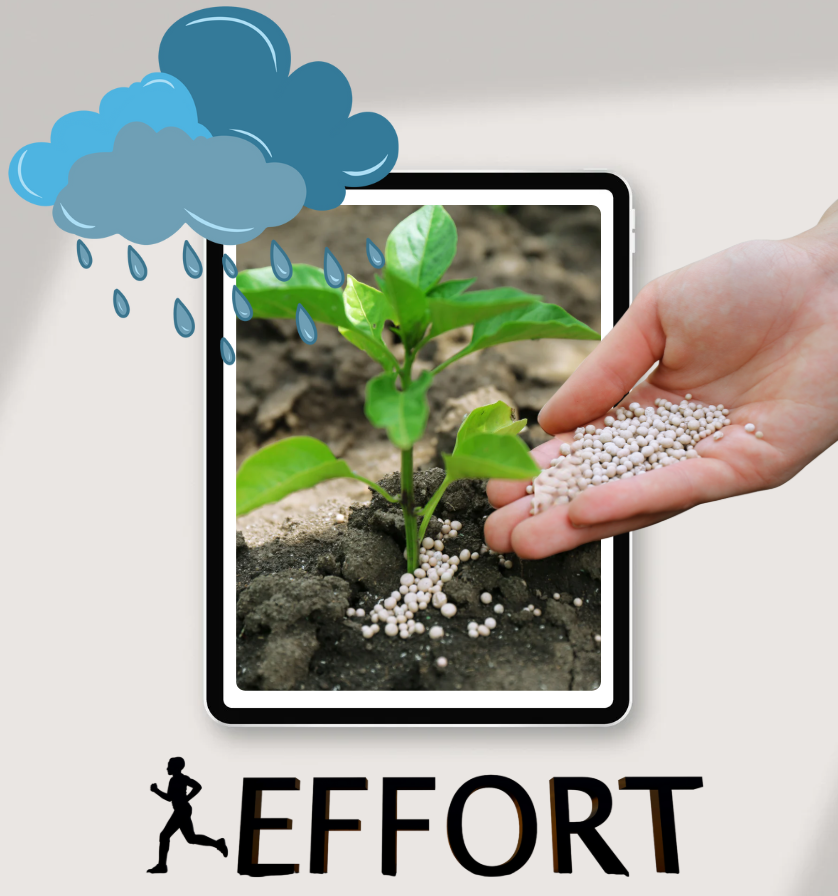
Safe and Effective Use of Cartap Hydrochloride for Crops and Humans
Cartap Hydrochloride is a widely used insecticide known for its high effectiveness and minimal leaf-burning effects. However, improper application can still lead to crop toxicity, chemical residues, or even health risks for applicators. This article provides detailed guidance on how to use Cartap Hydrochloride safely and efficiently.
1. Characteristics of Cartap Hydrochloride – Strengths and Warnings
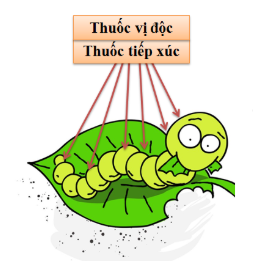
✅ Advantages:
- Highly effective against pests such as leaf folders, stem borers, diamondback moths, green caterpillars, fruit borers, etc.
- Acts through both contact and ingestion, leading to rapid pest mortality.
- Gentle on plants, causing less leaf burn and safe for many crop types.
⚠️ However:
- Incorrect dosage or spraying during sensitive stages (e.g., flowering or rice heading) may cause leaf burn or reduced fruit setting.
- As a chemical insecticide, direct contact still poses health risks to applicators.
2. Technical Instructions for Proper Use
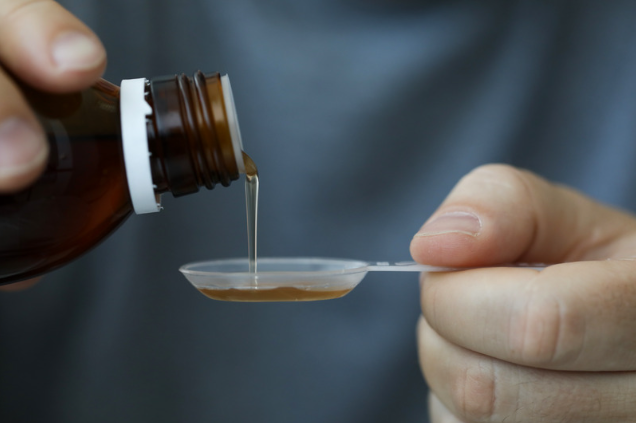
🌾 Recommended Dosage
Depending on the active concentration and target pest, common dosages are:
|
Crop |
Target Pest |
Dosage |
|
Rice |
Leaf folder, stem borer |
0.8 – 1.2 kg/ha |
|
Cabbage, Mustard |
Diamondback moth, green worm |
12 – 16g per 16-liter sprayer |
|
Tomato, Beans |
Fruit borer, armyworm |
15 – 20g per 16-liter sprayer |
✅ Always use registered products for each crop type.
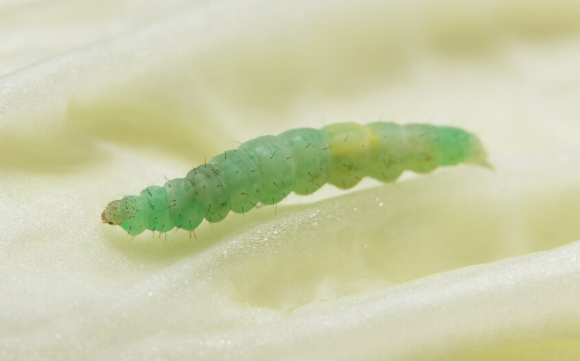
🕒 Spraying Time
- Apply when larvae are newly hatched (1st–2nd instar) for maximum effect.
- Avoid spraying during intense sunlight or before rain.
- For rice: avoid spraying during the heading stage to prevent damage to panicles.
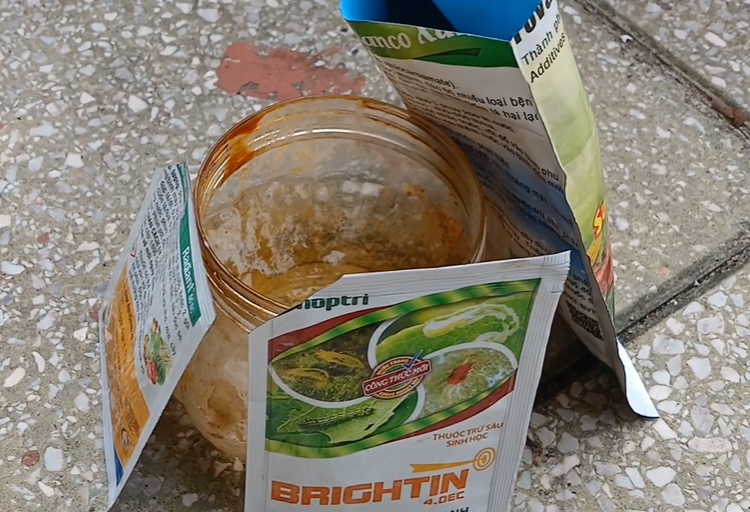
💧 Mixing and Application
- Use clean water, and strictly follow the recommended dose on the label.
- Stir well before use.
- Spray evenly on both sides of the leaves, focusing on areas where pests hide (leaf sheaths, plant base).
- If using sprayers, check nozzles to avoid overpressure, which can scorch the leaves.
3. User Safety – Essential Precautions

🧤 Protective Gear
- Always wear: mask, goggles, gloves, boots, and a lightweight raincoat or protective suit during mixing and spraying.
- No eating, drinking, or smoking while handling pesticides.
🚿 After Spraying
- Shower thoroughly with soap and change clothes immediately.
- Clean spraying equipment and store it away from children and animals.
⛔ Strictly Avoid
- Do not use pesticide containers for drinking or household water.
- Do not spill excess chemicals on soil or into water sources.
- Avoid mixing with high-alkaline products (e.g., lime, copper-based fungicides) to prevent chemical reactions.
4. Pre-Harvest Interval and Residue Management

- Observe a pre-harvest interval of 7–14 days, depending on crop and dosage.
- Do not harvest early to avoid chemical residues in produce.
5. What to Do if Plants Show Signs of Leaf Burn After Spraying
Overdosage or spraying during peak heat can cause:
- Leaf yellowing, edge burn
- Flower or fruit drop
✅ How to handle:
- Stop using all chemical products for 5–7 days.
- Ensure adequate watering and apply foliar fertilizers with amino acids or seaweed extract for recovery.
- For future applications, spray in the early morning or late afternoon under mild weather.
Conclusion
Cartap Hydrochloride is a powerful insecticide that’s safe for crops and humans when used properly. To achieve the best results, farmers should:
- Follow correct mixing and dosage instructions.
- Adhere to safety practices during handling.
- Rotate insecticides to prevent resistance.
✅ Safe for humans, gentle on crops – that’s the key to successfully using Cartap Hydrochloride in sustainable agriculture.
Bình luận
Những bình luận mới nhất
